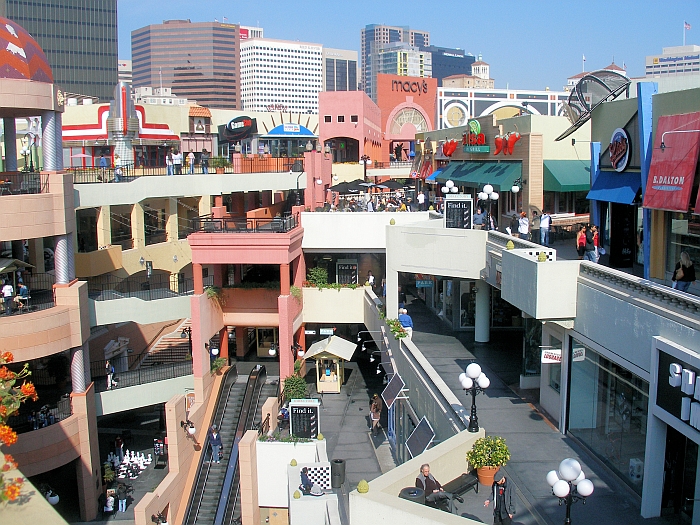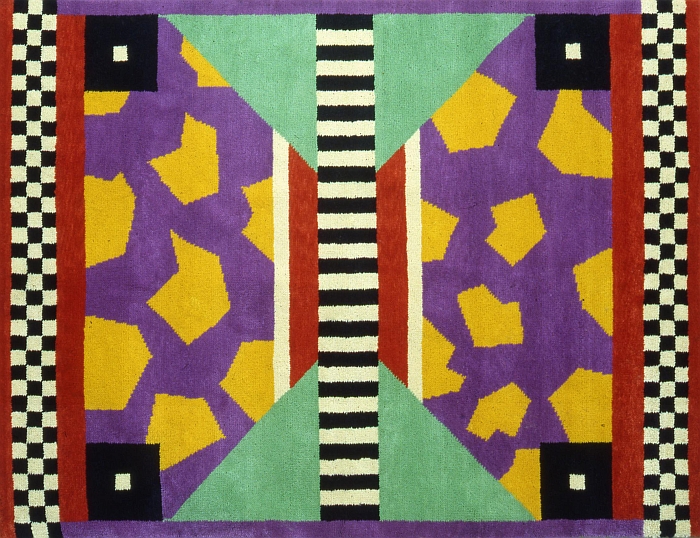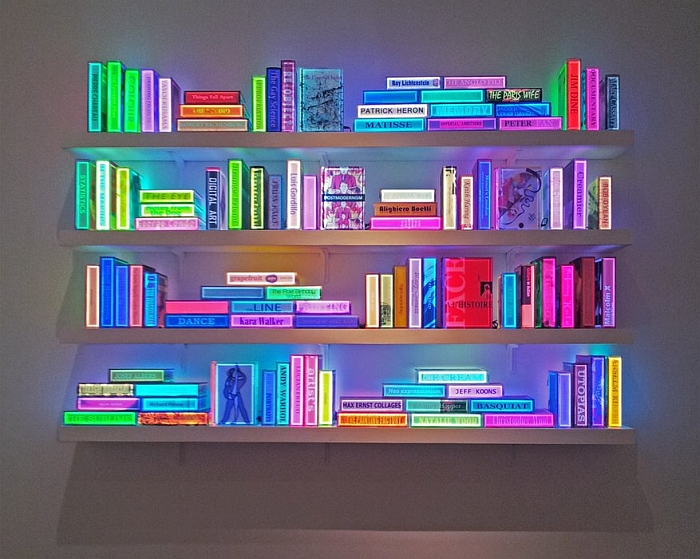5 New Design Exhibitions for July 2016
Inaugurated in July 212 BC* the Ludi Apollinares were Roman games staged in honour of Apollo and featuring a mix of chariot racing, plays, dances and ritual sacrifice.
The following five new exhibitions opening in July 2016 may lack the excitement of the chariot race, but in many respects are much more appropriate means by which to celebrate the Greco-Roman God of the arts, poetry, music and knowledge.
And no gilded ox, goat or heifer need suffer.
“Fast Forward: The Architecture of William F. Cody” at the A+D Architecture and Design Museum, Los Angeles, California, USA
“Desert Modernism” is without question one of the more niche branches of modernist architecture. If one of the more interesting. And certainly more photogenic. Architecture’s equivalent of cats, images of reduced down works in the California desert, invariably at sunrise/sunset, producing an instinctive, conditioned smile in all but the coldest of hearts. However, unlike cats Desert Modernism has a value beyond the visual; through taking the formal understandings and construction techniques developed a generation earlier and applying them to the peculiarities of the Californian desert the likes of Richard Neutra, E. Stewart Williams or William F. Cody created works that although universal in their design, only work in the location they stand. Represent if you will a different perspective on modernist architecture and thus allow for a new understanding and appreciation of the principles on which the constructions are founded. And made the Coachella Valley one of the hippest, partiest, places to be long before the modern glitterazzi got there and started burning things. Celebrating William F. Cody’s 100th birthday Fast Forward promises not only a fulsome celebration of the life and work of one of the genre’s leading protagonists, but through a collaboration with students from the improbably named Cal Poly San Luis Obispo will present contemporary interpretations of some of Cody’s furniture, lighting and typography designs, and thus explores the more general question as to in how far one can “update” a design, and for all a design created in a particular time and context.
Fast Forward: The Architecture of William F. Cody opens at the A+D Architecture and Design Museum, 900 E. 4th Street, Los Angeles, CA 90013 on Sunday July 10th and runs until Sunday September 25th
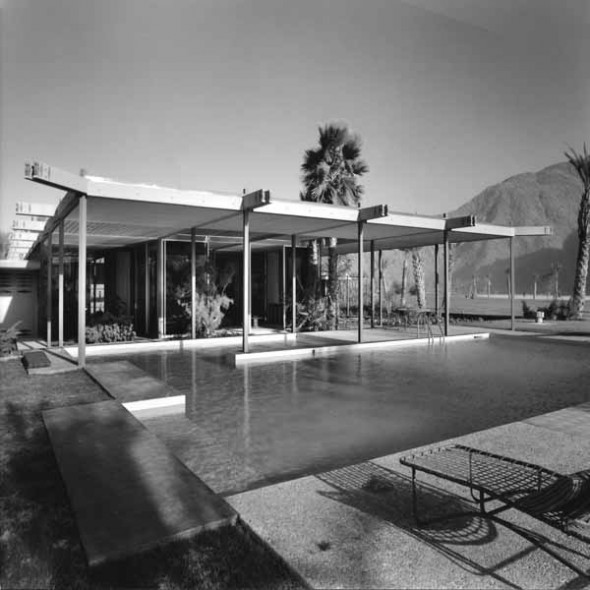
Shamel Residence, Palm Desert, California by William F. Cody (Photo © Julius Shulman, courtesy A+D Museum Los Angeles)
“World of Malls. Architekturen des Konsums” at the Architekturmuseum der Technischen Universität München, Germany
It all began with temporary open air markets, outposts, often at crossroads, where traders from far off regions would meet and hawk their wares, before moving on. Over the centuries these outposts became ever more permanent, ever larger, gave us the bazaar, trading post or market town, created centres of commerce, craft, culture and political power and thus evolved ever more to locations that went far beyond simple buying and selling. And yes, also allowed for the development of efficient taxation systems. Since the end of the Second World War, and largely thanks to developments in America, the shopping experience has become typified by “the mall”. Focussing on the architecture of shopping malls rather than their cultural and social significance World of Malls presents 23 examples from around the globe via which the curators aim to not only explore the architectural development of the shopping mall since the 1950s but also the evolution of the shopping mall’s relationship to the wider urban environment. And so by extrapolation ask if things have genuinely “advanced” since the traders of yore meant under the tree by the duck pond. Or just got bigger.
World of Malls. Architekturen des Konsums opens at the Architekturmuseum der Technischen Universität München, Pinakothek der Moderne, Barer Strasse 40, 80333 München on Thursday July 14th and runs until Sunday October 16th
“Nathalie Du Pasquier: Big Objects Not Always Silent” at the Kunsthalle Wien, Austria
As one of the founding members of the Memphis group Nathalie Du Pasquier played an important role in helping re-shape attitudes towards art, design, form, function, and ultimately aesthetics; principally through the numerous textile, laminate and what one could refer to as “surface” designs she created and which in their abstract garishness came to define the “Memphis style”. Post-Memphis Nathalie Du Pasquier continued her exploration of colours and forms through artistic works and since the late 1980s has worked exclusively as an artist. Self-taught Nathalie Du Pasquier’s canon is largely centred around still lifes, her early works expressing a delightful naiveness which over the decades and through an increasing concentration on a few limited forms have become ever more purist, and which latterly have moved from 2D to 3D and sculptural objects which are often formally reminiscent of Memphis, albeit without the functionality that separates art from design. Although largely forgotten as a designer, recent years have seen a revived interest in Nathalie Du Pasquier’s textile designs, something principally manifested by Wrong for Hay’s reissuing of a selection of her designs. With Big Objects Not Always Silent the Kunsthalle Wien promise to display works from across Nathalie Du Pasquier’s oeuvre, across the decades and genres in an exhibition concept which aims to provide an in-depth exploration of the artist and her work, and which thus also promises to provide an interesting exploration of the relationship between art and design.
Nathalie Du Pasquier: Big Objects Not Always Silent opens at the Kunsthalle Wien, Museumsplatz 1, 1070 Vienna, Austria on Friday July 15th and runs until Sunday November 13th
Friends + Design at the Kunstgewerbemuseum Dresden, Germany
The nature of the freelance product design profession is such that close friends are often direct “competitors”; not in a gladiatorial sense, the profession isn’t that hard fought, or at least not yet, but competitors none the less. The chances of success are slim, the inability and unwillingness of the market to absorb everything meaning only very few freelance product designers make a genuinely good living from their creativity. Thus the old college chum or atelier cohabitee is often as much a potential career hazard as a reliable and honest source of advice and feedback. What to do? The Kunstgewerbemuseum Dresden response was to pair up befriended international designers and commission them to develop a joint project, and thus promote the friendly rivalry, this curious tension that exists between designers, to a creative process, and in doing so allow for, potential, new insights into the chosen seven’s understanding of and approach to design.
Friends + Design opens at the Kunstgewerbemuseum, Schloss Pillnitz, Wasserpalais,
August-Böckstiegel-Straße 2, 01326 Dresden on Saturday July 9th and runs until Tuesday November 1st
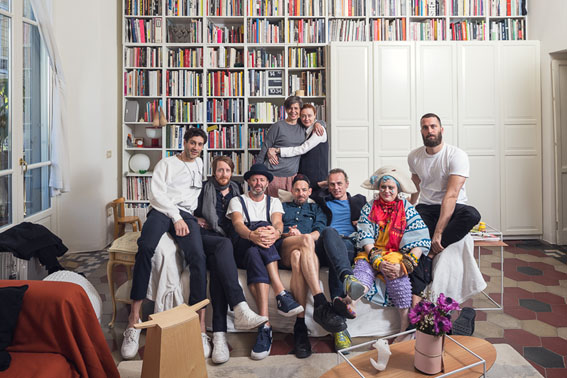
Friends + Design at the Kunstgewerbemuseum Dresden (Photo Marco Cappelletti © DSL Studio, Courtesy Kunstgewerbemuseum Dresden)
“New Romance: art and the posthuman” at the Museum of Contemporary Art, Sydney, Australia
Art isn’t design, and should never be confused as such. However art and design can influence one another, can provide a new perspective on the other, and working together they can often advance our understanding of contemporary society more effectively than the one alone can; an idea of how this dialogue can function is promised by the exhibition New Romance: art and the posthuman. Organised jointly by the Museum of Contemporary Art Australia and the Korean National Museum of Modern and Contemporary Art, New Romance was originally shown in Seoul and presents works by 18 Korean and Australian artists which set out to explore what the term “human” means today, and could mean in the future. Approaching the subject from a range of perspectives the exhibition promises a mix of objects, videos and performance which focus on subjects such as, contemporary communications, evolving ethical realities and our relationship to the natural world. Yes we would have preferred it if a few designers had been brought in, but as an art exhibition New Romance promises to be a very thought provoking, informative and for all entertaining exploration of our contemporary world.
New Romance: art and the posthuman opened at the Museum of Contemporary Art, 140 George Street, The Rocks, Sydney on Thursday June 30th and runs until Sunday September 4th
* We know there wasn’t a “July 212 BC”, but writing “Quintilis 212 BC” or even “Quintilis in the year of the Consulship of Flaccus and Pulcher”, wouldn’t we feel be particularly helpful……
Tagged with: Dresden, Friends + Design, Kunstgewerbemuseum Dresden, Los Angeles, München, Munich, Nathalie Du Pasquier, Sydney, Vienna, Wien, William F. Cody
